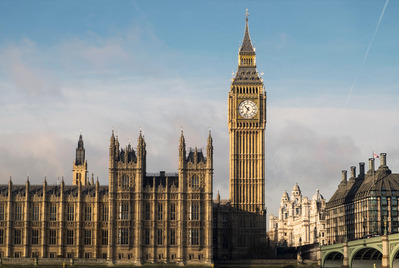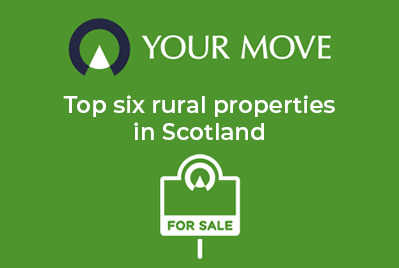
Stamp Duty rules are changing in April 2025 in England and Northern Ireland, potentially costing first-time buyers, home movers, and investors/owners of more than one property thousands of pounds.
However, you can avoid these added costs by moving into your new home or completing a new purchase before March 31, 2025.
Try our Stamp Duty Calculator to see how much you will pay today
What is Stamp Duty?
- Stamp Duty Land Tax (SDLT) is a mandatory tax that is applied when purchasing a property or land in England
- Land and Buildings Transaction Tax (LBTT) is a mandatory tax that is applied when purchasing a property or land in Scotland
To provide certainty to taxpayers, Land and Buildings Transaction Tax (LBTT) rates and bands will stay at the current level until 2026. First-time buyer relief will also remain in place.
How do the changes impact first-time buyers?
Right now, first-time buyers in England don’t pay any stamp duty on homes priced up to £425,000. Starting next April, homes between £300,001 and £500,000 will incur a 5% stamp duty rate.
For example:
- Purchase price: £350,000
- Current Stamp Duty for first-time buyers: £0
- From April 1, 2025: £2,500
From April 1, 2025, the 5% is applied to the £50,000 that is over the starting point of £300,001.
For example:
• Purchase price: £350,000
• LBTT for first-time buyers: £7,750 (includes £600 first-time buyer relief)
The 2% is applied to houses £175,000 up to £250,000 (= £1,500), and then you add a further 5% to go above £250,000 up to £325,000 (= £3,750), and then 10% from £325,001 to £750,000 (= £2,500). Total £7,750.
How will the changes affect buying and selling your main home?
Right now, home movers in England don’t pay any stamp duty on homes priced up to £250,000. Starting next April, homes between £125,001 and £250,000 will incur a 2% stamp duty rate.
For example:
- Purchase price: £350,000
- Current stamp duty for home movers: £5,000
- From April 1, 2025: £7,500
From April 1, 2025, the 2% is applied to houses £125,000 up to £250,000 (= £2,500), and then you add a further 5% to go above £250,000 up to £925,000 (= £5,000). Total £7,500.
For example:
• Purchase price: £350,000
• LBTT for home movers: £8,350
The 2% is applied to houses £145,000 up to £250,000 (= £2,100), and then you add a further 5% to go above £250,000 up to £325,000 (= £3,750), and then 10% from £325,001 to £750,000 (= £2,500). Total £8,350.
How will the changes impact investors or owners of more than one property?
Right now, in England, investors or purchasers who own more than one property pay 5% stamp duty on homes priced from £0 to £250,000. Starting next April, homes between £0 and £125,000 will incur a 5% stamp duty rate.
For example:
- Purchase price: £350,000
- Current Stamp Duty for investors, owners of more than one property: £22,500
- From April 1, 2025: £25,000
From April 1, 2025, the 5% is applied to houses up to £125,000 (= £6,250), and then you add a further 7% to go above £125,000 up to £250,000 (= £8,750), adding an additional 10% to go above £250,000 and up to £925,000 (= £10,000). Total £25,000
Buyers who already own property will also have to pay the Additional Dwelling Supplement (ADS) on top of LBTT, which is currently set at 8% of the total purchase.
For example:
• Purchase price: £350,000
• LBTT for investors, owners of more than one property: £8,350
• 8% ADS: £28,000
• LBTT plus ADS for owners of multiple properties: £36,350
To avoid these added costs, move into your new home or complete a new purchase before March 31, 2025.
Ready for a fresh start? Book a FREE, no-obligation property valuation to find out how much you could secure for your next home.
The Your Move Content Marketing Team



